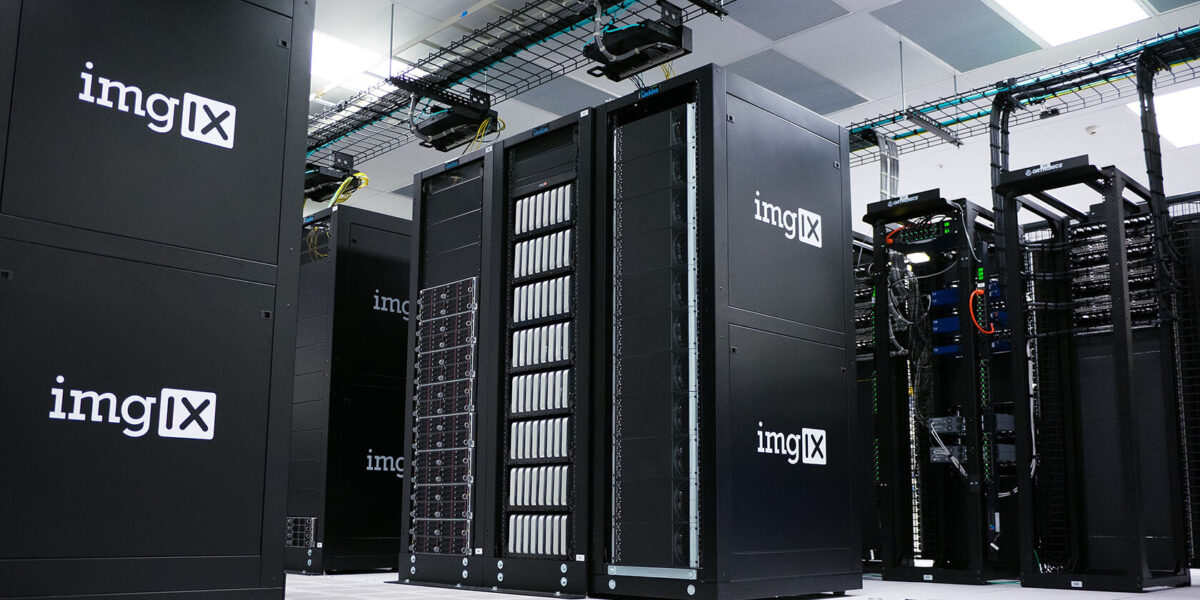When it comes to software development, there are multiple types to consider. However, by zooming out, we can identify three major categories that encompass the essence of software development. For businesses seeking to hire software developers, it is crucial to grasp the distinctions between these types and comprehend their respective requirements.
The abundance of software developers available offers a wide selection. Yet, hiring the wrong developers can pose significant challenges in realizing your envisioned project. It may become apparent that your organization lacks the necessary software development skills to bring your desired product to life.
In this blog post, we will delve into the various types of software development, providing your organization with a comprehensive understanding of the prerequisites involved in creating the software system you aim to build.
Three Key Categories of Software Development
When it comes to software development, there are a multitude of types and specialties. However, to understand the fundamental differences in software development projects, it is helpful to categorize them into three main types:
- Web development
- Mobile app development
- Desktop app development
These three broad categories of software development are of particular interest to businesses as they encompass the most common types of development projects. Let’s delve into each category to gain a better understanding of their significance and relevance in today’s industry.
Web Development
Web development revolves around creating web applications and websites that are accessed through web browsers. If a product is available online, it’s highly likely that the expertise of a web developer is required.
To build a website or web app, core web technologies such as JavaScript, HTML, and CSS are utilized. These programming languages are widely recognized in the software development industry, making it relatively easier for organizations to find proficient web developers well-versed in these technologies compared to others.
Web development encompasses two key areas: front-end development and back-end development. Front-end developers focus on the user interface (UI) and user experience (UX) of a web app or website, ensuring an engaging and visually appealing interface. Back-end developers handle the infrastructure, web server, and behind-the-scenes functionality to support the web application.
In some cases, organizations may seek the expertise of full-stack developers who possess comprehensive knowledge and skills in both front-end and back-end development, enabling them to handle all aspects of web development.
With web development, businesses can create dynamic online experiences that captivate users and deliver seamless functionality.
Mobile App Development
Mobile app development focuses on creating applications specifically designed for smartphones. Businesses have various approaches to choose from when it comes to mobile app development, including:
- Native app development: Native apps are built for a specific operating system, such as iOS or Android. These apps fully leverage the features and capabilities of the target platform, providing optimal performance and seamless integration with the device’s operating system.
- Cross-platform app development: Cross-platform apps are developed using frameworks like React Native or Flutter, allowing the deployment of a single codebase across multiple mobile operating systems. This approach offers cost-effectiveness and faster development while maintaining near-native performance and user interface quality.
- Hybrid app development: Hybrid apps combine elements of web development and mobile app development. They utilize web technologies like JavaScript, HTML, and CSS to create apps that can be deployed on multiple platforms. While hybrid apps may not match the performance of native apps, they offer quicker development and cost savings due to their shared codebase.
- Progressive Web App development: Progressive Web Apps (PWAs) are web applications that offer a mobile app-like experience. They can be accessed through web browsers and provide features such as offline functionality, push notifications, and app-like interactions. PWAs offer the advantage of reaching users across different devices and platforms without the need for installation from an app store.
Desktop App Development
Desktop app development shares similarities with mobile development as it involves building applications for specific operating systems. The primary desktop operating systems include Windows, Linux, and macOS.
Similar to mobile development, developers have the option to create cross-platform desktop applications, allowing them to target users across different devices and platforms. These desktop applications, also known as software programs, are downloaded and installed directly onto a user’s computer.
By leveraging desktop app development, businesses can cater to the unique needs and preferences of desktop users, ensuring their applications deliver a seamless and tailored experience on specific operating systems.
Other types of Software Development
While mobile, desktop, and web application development remain the most prevalent projects for organizations, it’s important to be aware of other software development endeavors. Here are some other popular software development projects worth noting:
- API Development: API development focuses on creating application programming interfaces that facilitate seamless communication and data sharing between different software systems. APIs enable integration and enhance functionality by connecting diverse applications.
- Security Software Development: Security software development involves the creation of software solutions specifically designed to safeguard systems, networks, and data from unauthorized access and potential threats. Developing custom security software ensures tailored protection for specific systems and processes.
- Embedded Systems Development: Embedded systems development involves designing and building software systems that operate within non-traditional computing devices, such as digital cameras, refrigerators, automobiles, and manufacturing equipment. These embedded software systems often require expertise in middleware to ensure optimal performance.
- Cloud Software Development: With the growing popularity of cloud computing, cloud software development has become increasingly significant. This field focuses on developing applications and services that leverage cloud infrastructure, enabling businesses to maximize efficiency and cost-effectiveness by utilizing on-demand computing resources.
- Database Development: Database development entails designing and constructing databases to efficiently store and manage vast amounts of data. Database developers play a crucial role in ensuring the performance, integrity, and security of data-driven applications. This type of development is particularly relevant for organizations utilizing data analytics, AI, and machine learning.
While mobile, desktop, and web application development dominate the software development landscape, being aware of these other types of projects opens up a broader range of possibilities and solutions for organizations seeking to meet their unique software requirements.
Summary
The world of software development extends beyond mobile, web, and desktop projects. Emerging technologies and specialized areas offer limitless possibilities. From AI and IoT to firmware development and data science, staying open to diverse opportunities is key to driving innovation. Embrace the evolving nature of software development to unlock breakthrough solutions.




